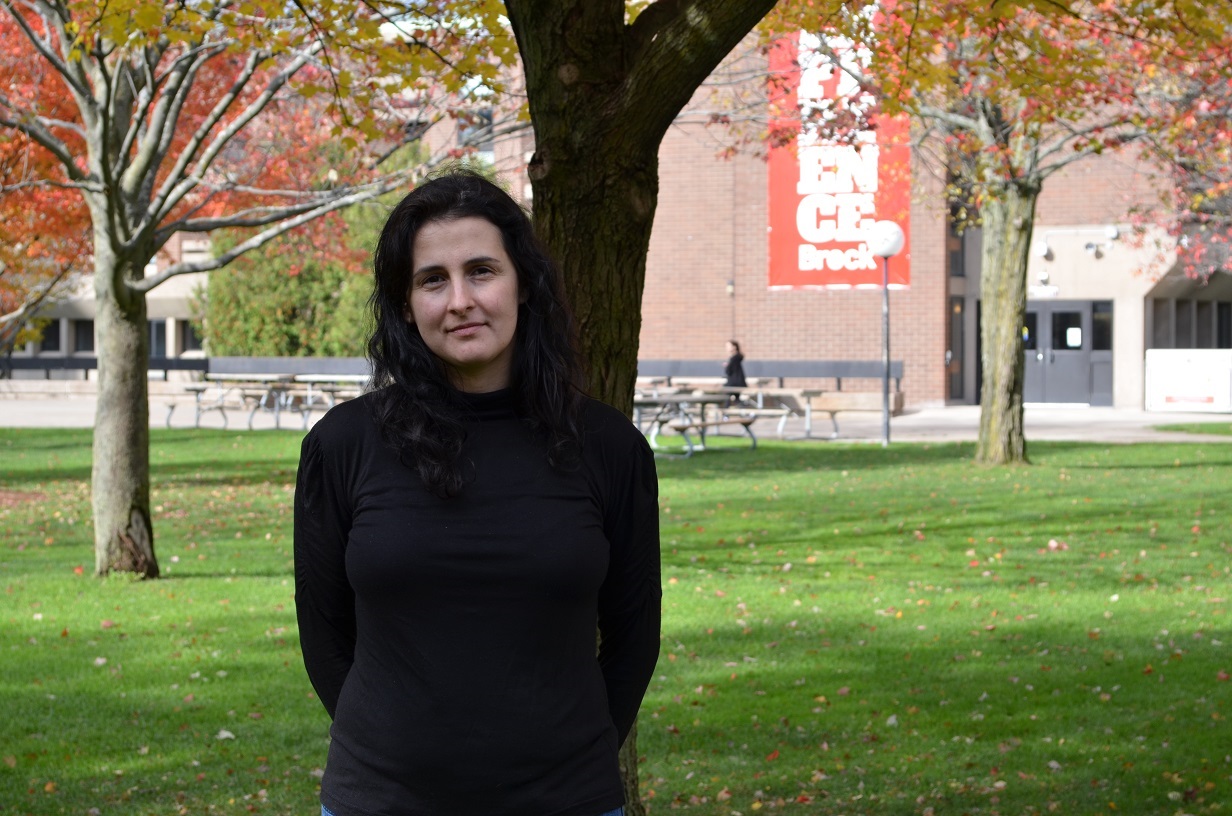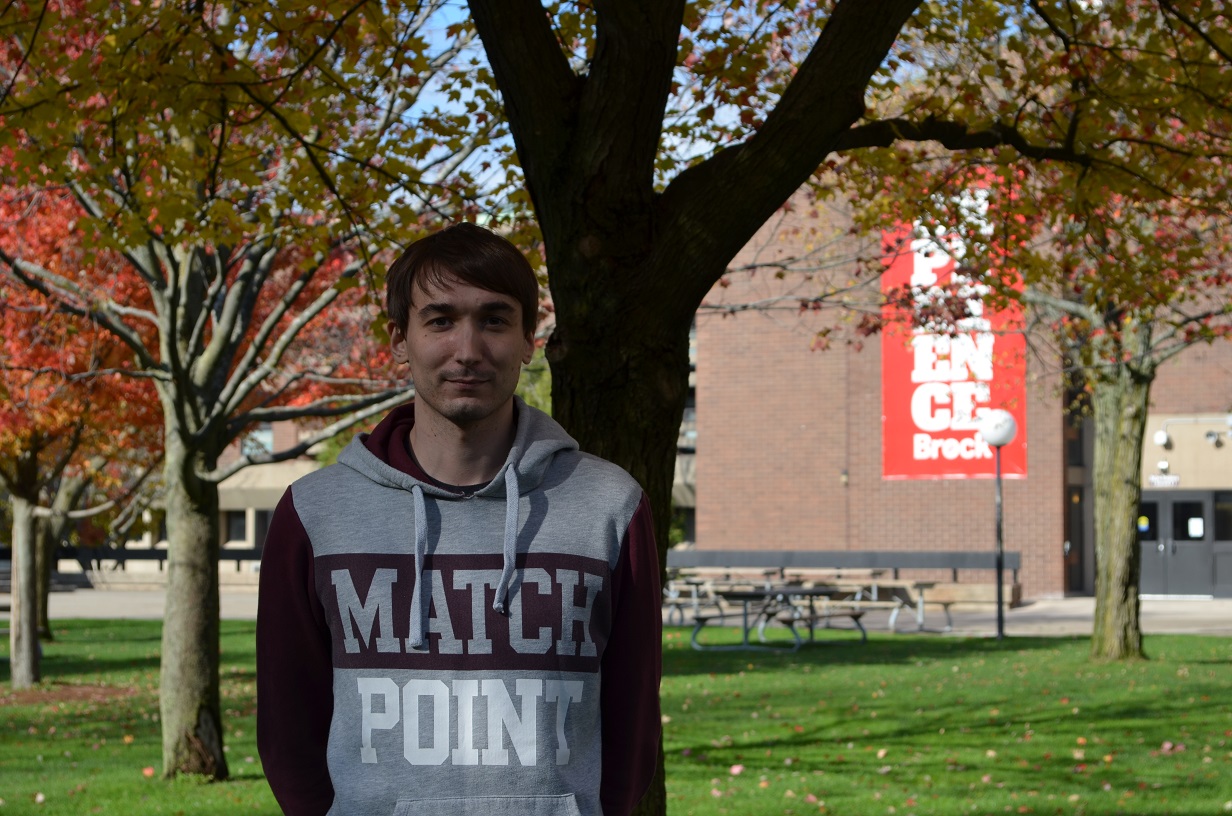2018

The Group in 2018
L-R: F.Razavi, M.Pula, S.Monfared, P.Torabi, I.Taneev, K.Bauer, M.Hassas.Mathew

Mathew Pula
My current research is focused on the magnetoelectric effect and the materials that exhibit it. Multiferroic materials can exhibit this effect if they break temporal and spatial symmetry, i.e, they must have spontaneous magnetization and polarization. Materials that exhibit the magnetoelectric effect hold promise to the development of spintronic devices. Within the group of transition metal tungstates (M2Mo3O8, where M is a 3d transition metal) there exists a subgroup of multiferroic materials. These materials exhibit simultaneous antiferromagnetism and ferroelectricity. Experiments in X-ray and neutron diffraction suggest that cobalt molybdate shares magnetic and crystal structures with iron molybdate, making it a promising candidate for the multiferroic magnetoelectric effect. I am conducting experiments to determine if colbalt molydbate exhibits linear magnetoelectricity.Parisa

Seyedeh Parisa Torabi
My name is Parisa and just started my Masters in field of experimental condensed matter. I am passionate about understanding the physical behavioral of materials.Kurtis

Kurtis Bauer
In September 2017 I started my masters degree at Brock. I am interested in studying ceramics and amorphous alloys with an ultimate interest in applications based research.Zainab

Zainab Amir
The pyrochlore transition-metal oxides posses a unique specifications of geometric frustration, small magnetic moment, and the interplay between a strong spin-orbit coupling. The general formula of the oxide pyrochlores A2B2O7( A and B are metals), produce a family of phases isostructural to the mineral pyrochlore, (NaCA)(NbTa)O6F/(OH). The pyrochlore oxides are all cubic structures classified under the space group Fd3m. A2B2O7 compounds posses a wide diversity of interesting physical properties. The B element can be a transition metal with variable oxidation state and A element rare-earth lanthanides. Consequently, the electrical properties of the pyrochlores change from highly insulating through semiconducting to metallic behavior with some compounds presenting a semiconductor-to-metal transition.Biljana

Biljana Indovski
I am researching growing epitaxial thin films of DyCrO3 and GeNi2O4. We are depositing the thin films on SrTiO3 substrates in a high vacuum pressure chamber. The technique used is Pulsed Laser Deposition with a KrF laser and epitaxy of the thin films is analyzed with the X-ray diffraction and the surface topology will be observed using the Scanning Electron Microscopy. The epitaxial thin films will going to be further considered for physical properties measurements and analysis, such as magnetism, transport and optical properties.Sara

Sara Hatefi Monfared
My current research interests stem from my desire to understand fundamental aspects of multiferroicity in materials, so that my most recent research focus has been on the magneto-electric coupling in multiferroic nano composites. Although many researches have been done on this field, much still remains to be understood. Among various types of multiferroic nano composites, I thought coupling between ferro-electricity and ferrimagnetic properties of BiFeO3 and CoFe2O4 with core-shell structure would be interesting.Hurriyah

Hurriyah Albandri
I am studying magnetic and electronic properties of laves max phase {Tr}2 AlC (Tr= Cr, V, Ti). Max phase materials have the general formula MnAXn-1 (MAX) where n=2, 3 or4. M is a transition metal, A is an A-group element that mostly from group 13 and 14, and X could be carbon and/or nitrogen. Max phases can be classified to three groups, depending on the n value “211” for M2AX (n=2), “312” for M3AX2 (n=3), and “413” for M4AX3 (n=3). Max phases has hexagonal structure with space group ( D46h-P63/mmc). Nowadays, there are more than 70 max phases. Most of them are 221 type. The first preparation for max phase was in 1960s, and they were known as H-phase where H stand for hexagonal. They can be synthesized as a bulk and this film in many methods. However, some of them such as Ti2ALC is challenging to prepare it as a bulk because bulk samples are polycrystalline and often contain a lot of mistakes that might affect any properties. I am using arc melting technique, and I attempted many times to get Ti2ALC but I have not succeed yet. Even though Cr2ALC was prepared successfully. In addition, Magnetic measurement were performed on Quantum Design superconducting quantum interference device magnetometer (SQUID), and more physical property will be measured by Quantum Design physical property measurement system (PPMS). Max phase materials have been useful in a wide variety of application and still there is in need for more information about magnetism properties. This is one of the reasons why I am interested in this experiment, and hopefully by the end of this year I will get good magnetic results from these three samples.Darren

Darren Hicks
I recently graduated with my MSc in experimental materials science. My research interests include materials engineering and sustainable and renewable energy. I also have a passion for motivating the next generation of students to pursue careers in STEM!Iskander
